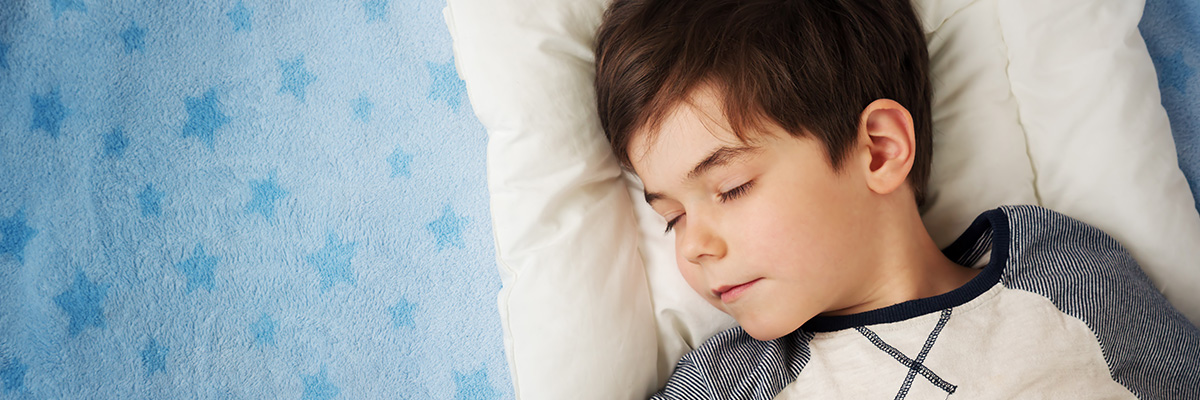
Sleep matters for everyone, but it can become especially important in households with children with autism. When kids aren’t getting the rest they need, they have a more difficult time reguating their emotions and reactions.
At the same time, when children aren’t sleeping, it’s harder for parents to get the time they need for themselves. That could interfere with your own sleep, too.
There are, however, specific actions to make everyone’s nights easier. Here are a few sleep strategies you can employ to help your child (and yourself) to get a good night’s sleep.
#1: Optimize their bedroom
Because autism changes sensory perception, your child’s surroundings when they go to bed matter a great deal. Ask them about how they like their bedroom to be when they go to sleep. They might be able to tell you specific things that bother them, like a night light that’s too bright or bedsheets that feel scratchy.
It might also be helpful to change their bedroom so that there’s less visual clutter they can see from their bed. Fill the room with soft materials — both in terms of texture and color. You want to create a calming, comfortable environment that encourages rest and relaxation. Stray from bright colors and bold patterns.
Also, think through their pajamas. They should also be soft and comfortable, especially if your child has hypersensitivity to touch.
#2: Establish a routine
Children with autism spectrum disorder usually struggle with the unexpected. To make getting to bed each night easier on the family, set a bedtime routine and stick with it. That means starting to think about getting to bed at the same time each night.
For example, if your child has an 8 o’clock bedtime, you might start changing into pajamas and brushing teeth at 7:30. After that, you could get into bed and read one or two bedtime stories.
Once your child learns this routine, it should help them prepare themselves — both physically and mentally — for going to sleep on a nightly basis.
#3: Talk to their therapist
You don’t have to navigate your child’s sleep challenges on your own. If they’re seeing an applied-behavior analysis (ABA) therapist — something that has been backed by research for the benefit of preschool-aged children — that person can help.
It is recommended to share sleep obstacles with them. They can work with your child during the day to modify problematic behaviors at night. At the same time, the therapist may be able to recommend specific tools you can use during bedtime to help your child.
What your child does during the day, including their time with an ABA therapist, can help you at night. Don’t hesitate to involve your child’s ABA team in any sleep challenges. Doing so can help your child get the rest they need, supporting their day-to-day happiness and their healthy development.
If you want to talk to a team of ABA specialists about sleep strategies for your child, get in touch. At Stride Autism Centers, we offer ABA programs for preschoolers that are designed to support them in their overall lives — and that includes at bedtime.





